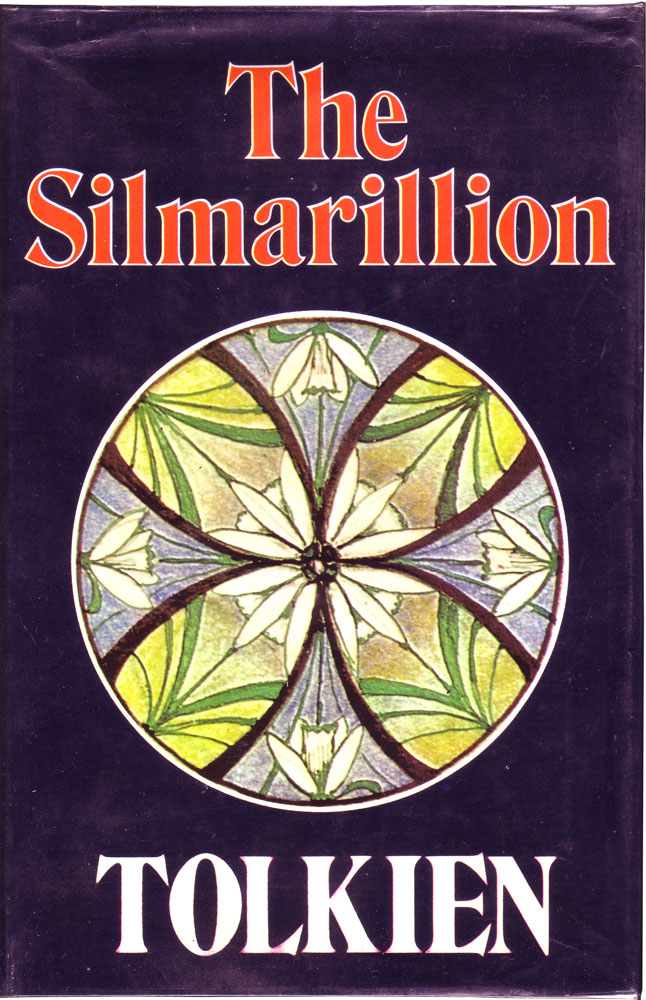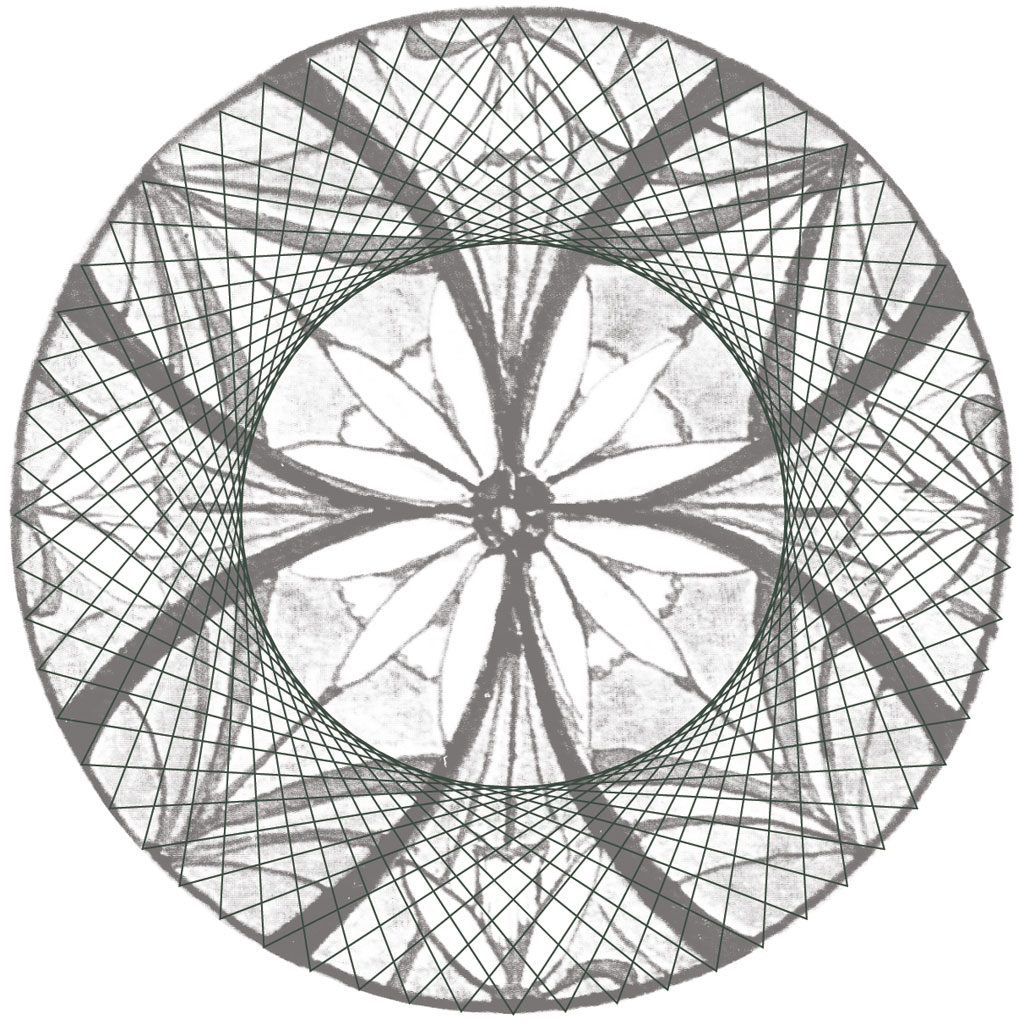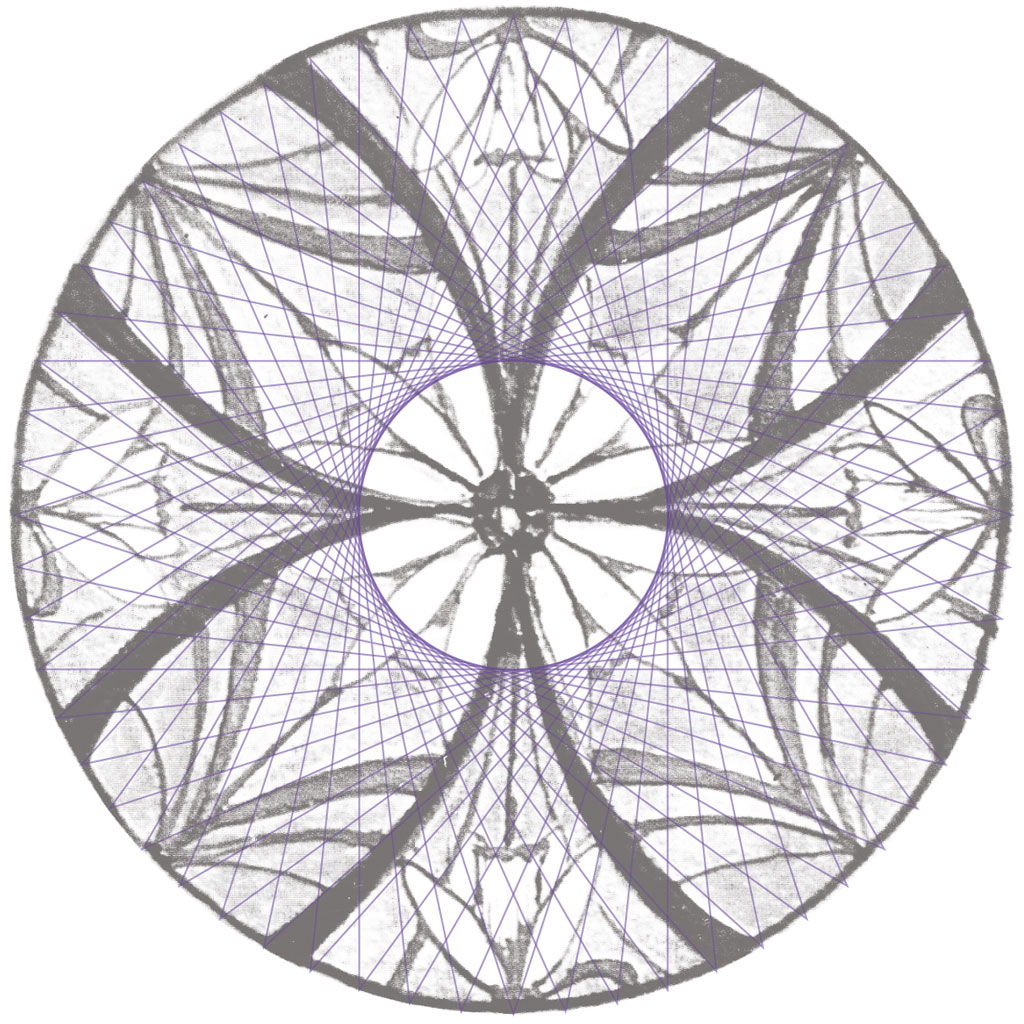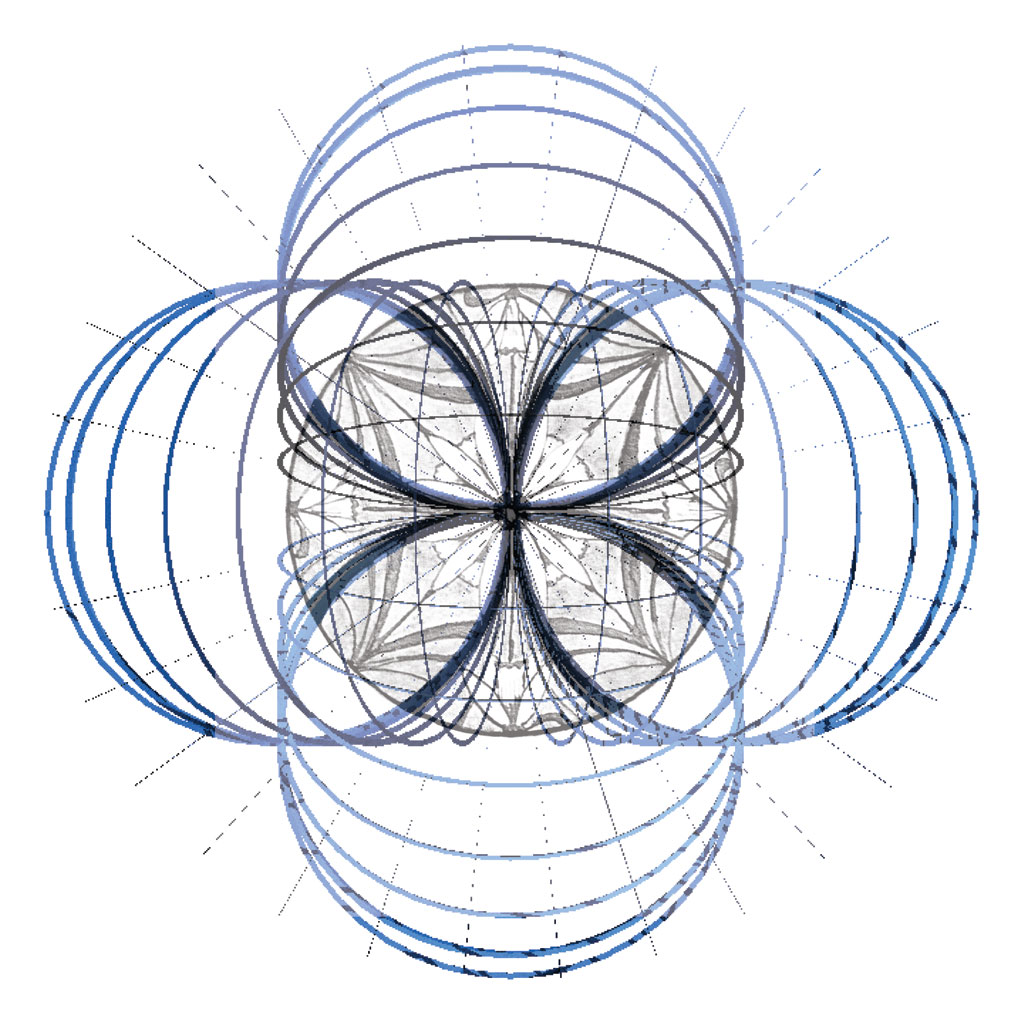Previous page Order of Nine Angles
The first shape that the Mer hieroglyph creates is the one ring, which is a term made famous by Tolkien’s masterwork “The Lord of the Rings.” So I could have referred to Tolkien much earlier in these pages, but I am somewhat tentative to refer to modern/pop culture, even though such can easily be seen as modern myth.
Recent pages have highlighted numbers 7, 3 and 9, which meant I could no longer avoid connecting to Toliken. 7 rings are given to the Dwarves, 3 are kept by the Elves, and 9 are given to Men, and of course Sauron creates the one ring to control them all “and in the darkness bind them…”
As shown in the previous page Order of Nine Angles 7 unique angles make the inner shapes of Boaz and Jachin, so it is interesting that it is the Dwarves that have 7 rings. Dwarves are great miners and craftsmen and connect to the deeper and more contrived inner shapes.
The elves secret 3 rings which is the number of squares that form the basic structure that enables the 12 pentagrams. And it is men with a further 9 rings the fill the 2nd, 3rd and 4th corners of each of the 3 squares. But it is also 9 that is the total number of unique angles of the total Apollo’s Lyra, and it is these ring-bearers that are so crucial to the story as ring Wraiths.

Rather synchronistically I reached to my bookshelf to check how many Rs come before Tolkien, and found this posthumously published, prequel collection of stories; the Silmarillion. The mandala was designed by Tolkien as emblem for Lùthien Tinùviel an elvish woman, for whom he also wrote a poem. In this design I couldn’t help but see intimations of Apollo’s Lyra.

I have made Tolkien’s black and white so that overlay don’t become too complicated to perceive. An initial square implied by the sprouting and splaying leaves, also the centres of buttercups terminate at the squares edge.

The 2 extra squares that form the basis of the 12 pentagrams have their corners approximated by simpler sprouting shapes at the perimeter.

The main petals of each buttercup approximate the angle of the one ring, 66º, and the petals of the central flower come close to the inside of the ring. And the thickest leaves of the first sprout point appear to bend to meet the inside edge.

Each buttercup’s 2 background petals align to the angle of the 12 pentagrams, 36º. The inside of this ring though is quite distant from the background of the central flower

Jachin varies with the central flower in scale, and number of petals. Jachin involves 10 iterations but Tolkien’s flower has 12. This difference is interesting because Jachin (and Boaz) imply a further 2 points, one pointing directly at the viewer and the other pointing directly away, making them invisible. The centre of Jachin is of a similar scale to the flower centre.

The background of the central flower does more or less align to an intermediate aspects of Boaz.

A further aspect of Tolkien’s design that is quite emphasised but doesn’t link to Apollo’s Lyra are 4 arcs that intersect at the centre of the design. They could be a simple design tools but they made me want to overlay toroid shapes (as first seen in the Tree of Life)

All aspects together, just because…
3D Interactive 3 fold toroid
